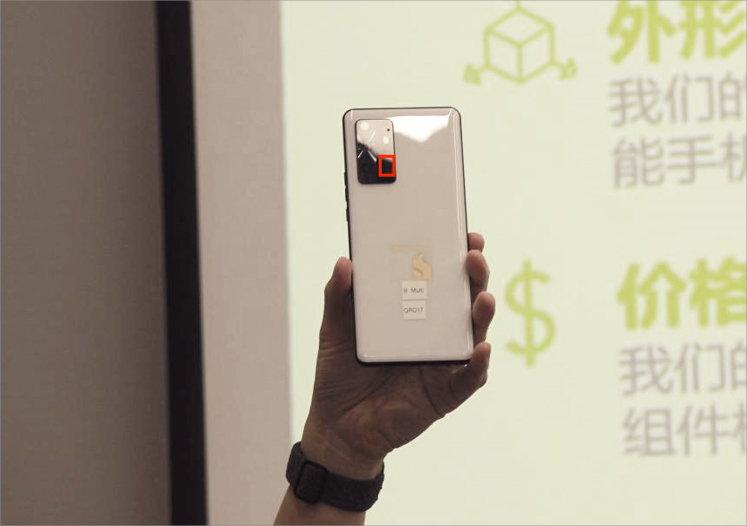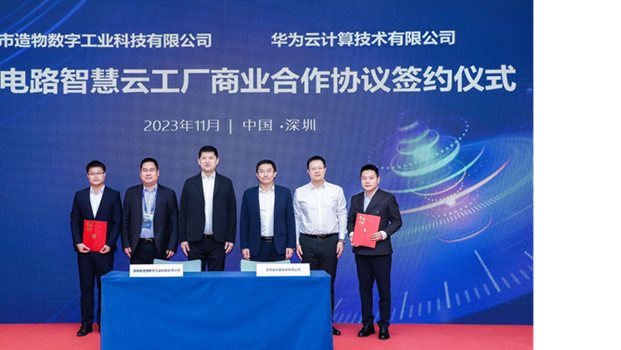不一样的设计,详解苹果成功背后的三大招牌秘诀
原文:The Secret To Apple‘s Long-Term Success? It Always Prepares You For The Future
Robert Hoekman, Jr. identifies three signature moves that have led to the company’s astounding success.
With the next update of iOS to version 5 on October 10th, it‘s going to happen again: Apple is going to invent the future by reinventing the past. And we’ll all be ready for it because Apple has spent years preparing us for what happens next. It‘s part of the company’s modus operandi--a part so subtle it goes mostly unnoticed.
This time around, Apple is reinventing the way its own software updates are delivered by way of an invisible feature called PC Free, which allows iPhones and iPads to update themselves via Wi-Fi, without every needing to be connected to a PC. Put another way: Apple will enable most people to make the iPad their one and only computing device (well, besides the smartphone in their pockets)。
This announcement, however, sent no shockwaves through the tech industry. Why not? Because it‘s the inevitable next step--the one that comes after all those other steps Apple had us take before now that made it seem inevitable.
See, Apple does two things over and over again that almost no other company does, and they add up to a decent chunk of what leaves so many of us mystified by the company’s design prowess.
1. Design Sideways
While most companies scramble to map feature to feature against their competitors, Apple often (and consistently) beats out its competition doing something far too many company leaders exclude from their product roadmaps: Besides designing forward, Apple designs sideways. Where others add, Apple overhauls. Where others spit shine, Apple reinvents.
Take launching an app, for example. In the early days of OS X, we launched our applications the old-fashioned way: Either by hunting through a series of system folders or adding shortcuts to them to our desktops, a cheat that prompted the constant reorganizing of that precious home base. Rather than clean this up through a Windows-style mega menu, Apple created the Dock: one-click access from an always-on well of apps. Later, they offered a way to expand folders from the dock for quick access to the files buried within them.
But the best sideways move? With the introduction of iOS devices, minus the need for a barren desktop, Apple brought apps out into the open. They‘re all displayed as tiles on the main screen of your iPhone.
Once everyone was good and comfortable with that paradigm, it retrofitted OS X Lion with the same design under the name Launchpad, thereby reinventing the desktop app-launching model once again. To top it off, they were able to position Launchpad as a new feature when it’s really the overhauled version of an old one. Sideways equals better.
But the main benefit of this tactic is revealed through another bit of strategic wizardry.
2. Design (for) the Future
To design the future, you must first design for the future. Apple had to make us love digital music through iTunes before it could make us love an iconic but feature-weak MP3 player that put it to good use. It had to teach us to love gestural interfaces on our phones before we could fall in love with a touchscreen tablet. Build the stairs and we will climb.
While other tablets have struggled in the market for years, frightening people away with their counterintuitive interaction models and unclear benefits, Apple spent two years teaching us to love touchscreens and the app model so that when iPad was launched, there was no learning curve. The iPhone removed the mystery of a tablet computer and made buying one an easy decision. (An iPod Touch with a large screen, an eReader, and HD-quality games that I already know how to use? Yes, please.) And by moving the iOS desktop design into OS X, Apple makes it easier for non-Mac users to become part of the “I bought a Mac!” crowd; when you‘re already familiar with much of the interaction model by way of your phone or tablet (or both), the shift to a new desktop OS becomes a less frightening proposition.
3. Untethering
Driving all this, of course, is an irrefutably strong vision. Above all, Apple succeeds by untethering itself from the binds of what’s possible now and catching the tailwind of its own infinity-and-beyond vision of the future, redesigning the old in a way that prepares us for the new. Each step sideways is another step forward. Each step forward is a step closer to Apple’s vision.
Now, with iOS 5 and PC Free, Apple takes a small step with the impact of a giant leap: It gives us a mobile device that requires no mothership. Steve Jobs likely imagined this future years ago. The mass of us have just finally become ready to live a life untethered.
Apple planted a seed with the invention of the iPhone. That seed grew into the iPad. It borders on poetic that with the next iOS release, Apple will cut the cord, both proverbial and literal, and free these devices from their mother Macs once and for all.
Fly, little bird, fly.

图片新闻
技术文库
最新活动更多
-
即日-12.26立即报名>>> 【在线会议】村田用于AR/VR设计开发解决方案
-
1月8日火热报名中>> Allegro助力汽车电气化和底盘解决方案优化在线研讨会
-
1月9日立即预约>>> 【直播】ADI电能计量方案:新一代直流表、EV充电器和S级电能表
-
即日-1.14火热报名中>> OFweek2025中国智造CIO在线峰会
-
即日-1.20限时下载>>> 爱德克(IDEC)设备及工业现场安全解决方案
-
即日-1.24立即参与>>> 【限时免费】安森美:Treo 平台带来出色的精密模拟
推荐专题









 分享
分享















发表评论
请输入评论内容...
请输入评论/评论长度6~500个字
暂无评论
暂无评论